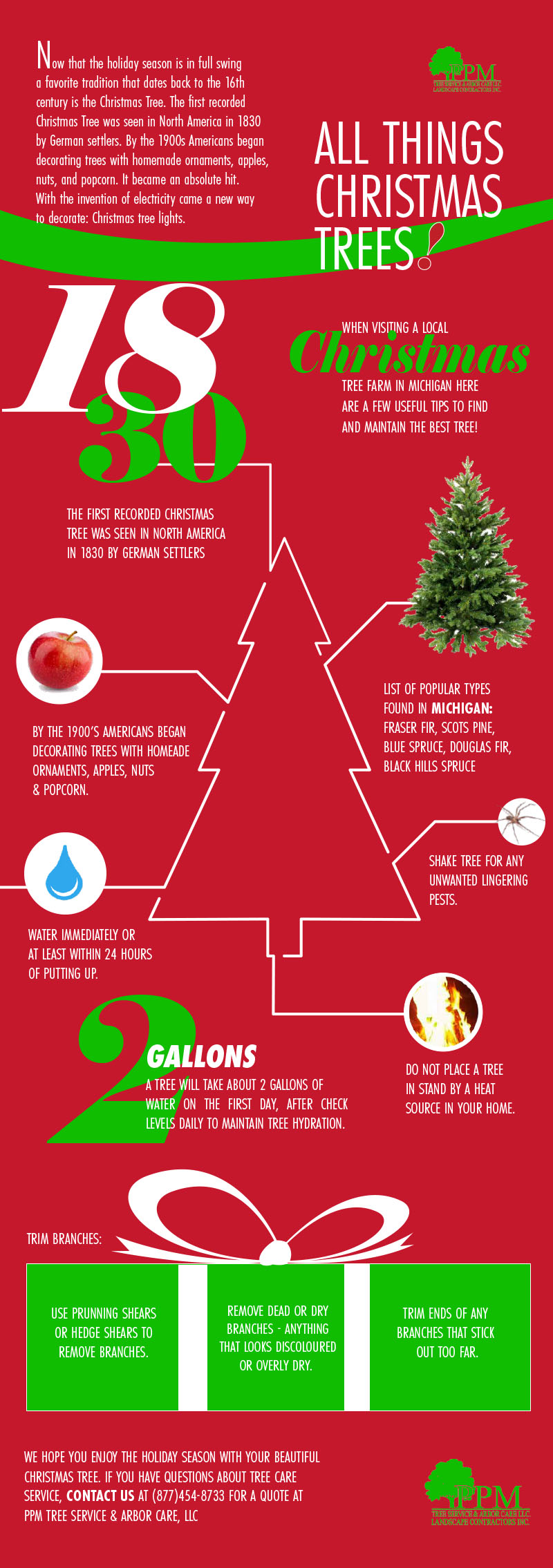Reviewing Tree Wellness: Standards For Choosing Tree Elimination
Reviewing Tree Wellness: Standards For Choosing Tree Elimination
Blog Article
Uploaded By-McCollum Harrington
If you've ever wondered about the destiny of the trees on your residential property, recognizing when it's time for elimination is critical. But just how do you establish if a tree can be conserved or if removal is the only choice? By searching for certain indicators and assessing safety and security dangers, you can make educated choices that benefit both your landscape and your environments. Let's discover the key factors that enter into play when choosing the fate of a tree and exactly how you can make certain the best outcome for your eco-friendly companions.
Indicators of Tree Decline
If you observe any of the adhering to signs of tree decline in your yard, it may be time to consider tree removal.
One common indication is dead or rotting branches, which can show underlying issues impacting the tree's health and wellness. Keep official site out for discolored or shrivelled fallen leaves that linger even with proper treatment, as this could be an indication of illness or pests.
An additional warning signal is excessive leaning or a visible change in the tree's base, which might recommend origin issues or architectural instability. Keep an eye out for fungal development on the trunk or roots, as this can suggest rot and compromise the tree's stability.
In addition, if you observe large cracks in the trunk or significant limbs, it's crucial to address these concerns quickly to avoid potential threats. Dealing with just click the up coming document of tree decline without delay can help maintain the safety and looks of your backyard environment.
Safety and security Concerns
To make sure the well-being of your building and those around you, prioritizing safety concerns associated with trees is vital. Trees can position various safety and security dangers if not properly maintained. Dead or rotting branches might fall all of a sudden, endangering individuals or destructive frameworks.
Leaning trees can likewise be dangerous, particularly if they're leaning in the direction of a structure or high-voltage line. Furthermore, trees with considerable origin systems near foundations or below ground energies can trigger significant damage gradually.
It's important to regularly examine your trees for any type of indications of prospective threat. Look out for fractures in the trunk, large cavities, or indicators of condition and decay. If you see any of these concerns, it's finest to seek advice from an expert arborist to evaluate the situation and figure out the essential strategy.
Taking aggressive actions to address safety and security concerns without delay can stop mishaps and residential or commercial property damages in the future. Remember, the safety of your building and those around you must always be the leading concern when it pertains to tree upkeep.
Consulting an Arborist
When taking into consideration the health and wellness of your trees, speaking with an arborist is an essential step. Arborists are trained specialists that focus on the treatment and upkeep of trees. They can assess the general health of your trees, recognize any issues such as illness or structural issues, and provide experienced suggestions on the most effective strategy.
By getting in touch with an arborist, you can get valuable understandings into the problem of your trees and establish whether elimination is essential. Arborists have the expertise and experience to examine the risks related to maintaining a tree versus removing it. They can additionally provide support on alternate solutions, such as trimming, cabling, or bracing, to aid protect the tree whenever feasible.
Furthermore, arborists can help you browse any type of neighborhood laws or allows that might be needed for tree removal. Their know-how can guarantee that the procedure is performed safely and in conformity with any kind of relevant laws.
Final thought
Finally, when establishing whether trees can be conserved or if removal is necessary, it is very important to take into consideration indications of decline and safety and security worries. Consulting an arborist for a detailed analysis is essential in making the most effective decision for the tree's health and possible hazards. Remember, positive care and prompt action can aid preserve trees and prevent mishaps.
